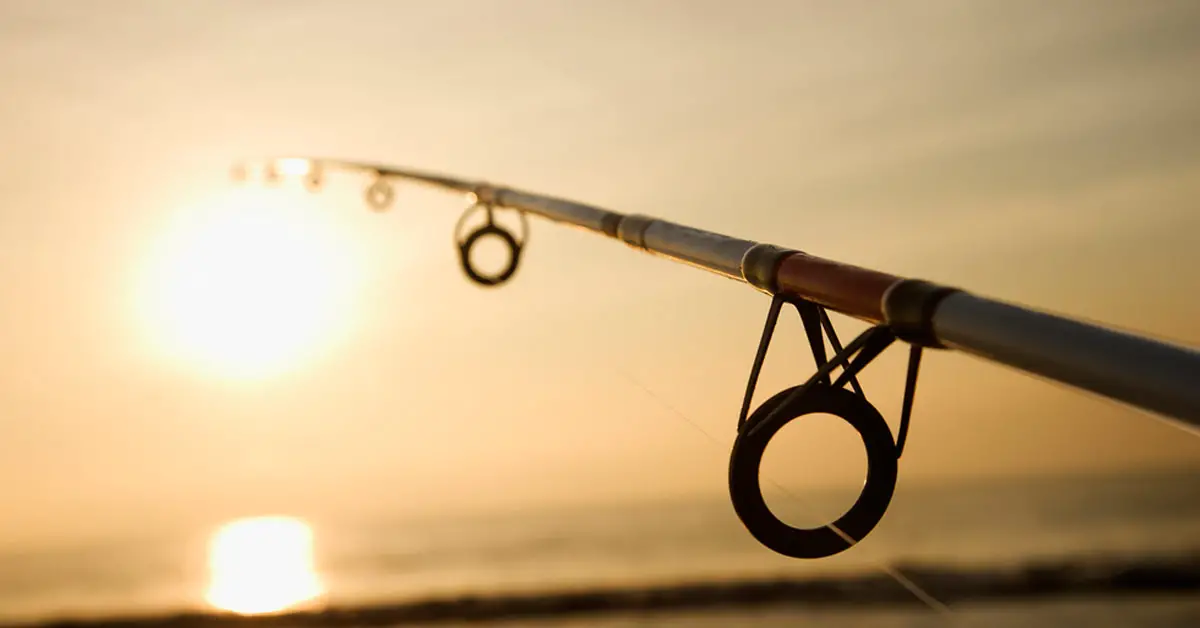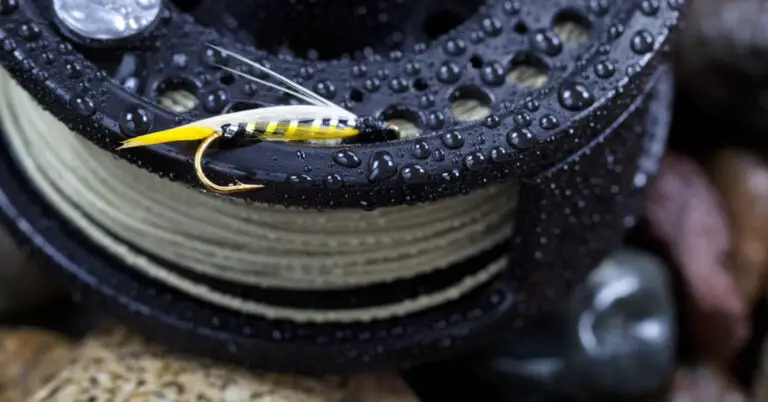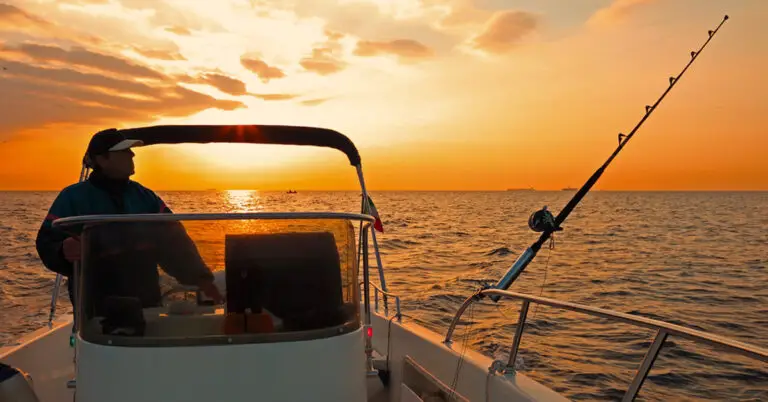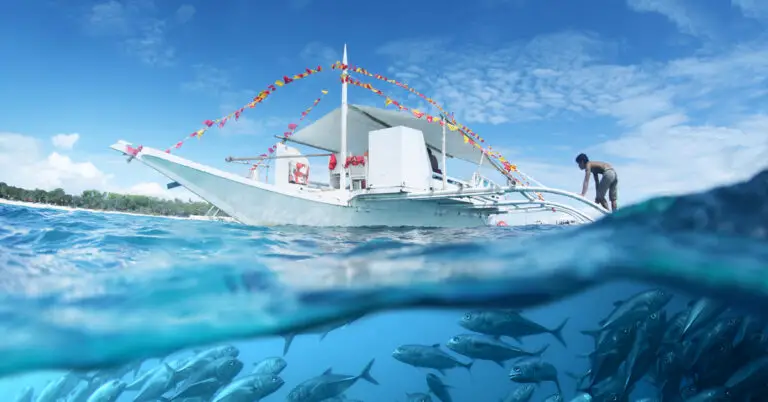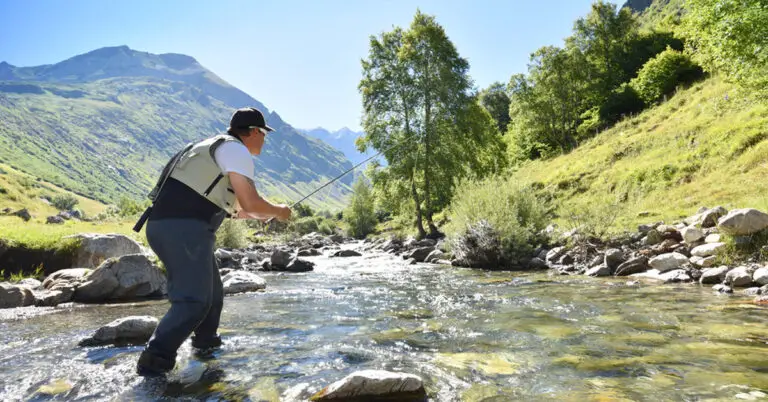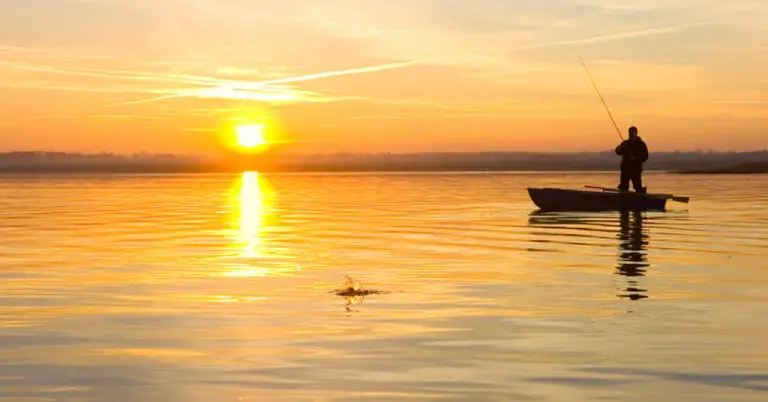Fishing Pole vs. Fishing Rod: Understanding the Key Differences for Successful Angling
As the gentle morning sun peeks over the horizon, casting a shimmering glow on the tranquil water, the lone angler prepares his equipment. He cradles a slender, tapered implement, his fingers deftly running along its length, checking for imperfections.
Fishing rods are modern, sophisticated tools equipped with line guides and a reel for line storage. They’re designed for casting and retrieving lures. On the other hand, fishing poles are simple, often just a straight stick without line guides, mostly used for “dangle” fishing or “tight lining.”
This silent ritual, often unnoticed by the casual observer, is essential to his craft. The tool he holds, misunderstood and frequently interchanged with another by novices, is a pivotal player in the dance between man and fish, a ballet of patience, skill, and understanding that constitutes the art of angling.
The Anatomy of a Fishing Rod
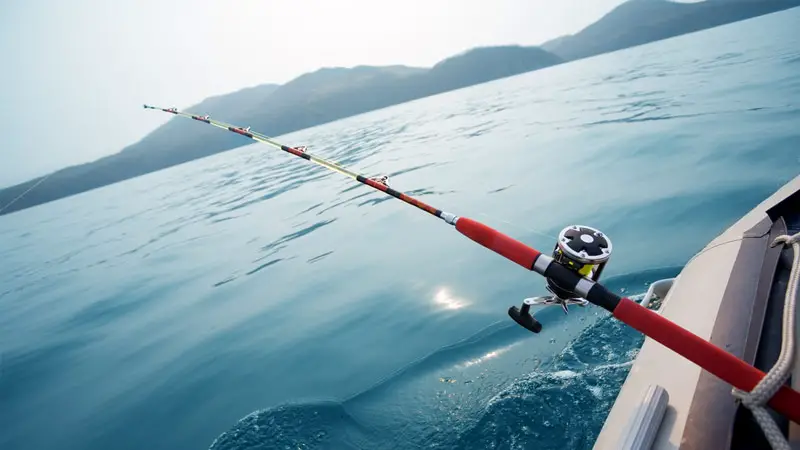
A fishing rod, a marvel of engineering and a quintessential tool for the modern angler, possesses a complex anatomy. At its core is the rod blank, the main body of the rod, which is typically constructed from materials such as graphite, fiberglass, or a composite of both.
This blank can be divided into two main sections: the butt and the tip. The butt is the thicker end where the handle and reel seat are located, while the tip is the thinner, more flexible end designed to bend and absorb the struggles of a hooked fish.
Moving along the blank, you’ll find the line guides, a series of loops or rings spaced along the length of the rod. These guides help control the line during casting and retrieval, minimizing friction and ensuring an even stress distribution along the rod. The end of the rod is usually adorned with a tip-top, the smallest and most crucial guide.
Attached to the butt section of the rod, you’ll find the handle or grip, often made from cork or EVA foam for comfort, and the reel seat, designed to securely hold the reel in place. The synergy of these elements forms a well-balanced, precise tool that greatly enhances the angling experience.
The Simplicity of a Fishing Pole
The beauty of a fishing pole lies in its simplicity. At its most basic, a fishing pole is a long, straight stick, often constructed from natural materials like bamboo or cane, although modern versions may use fiberglass or carbon fiber.
Unlike a fishing rod, it doesn’t typically have line guides or a reel. Instead, the line is tied directly to the tip of the pole, with the length generally being about the same as the length of the pole. This makes a fishing pole much simpler and more direct to use, though it also limits the distance you can cast your line.
Despite its simplicity, a fishing pole can be a highly effective tool in the right circumstances. It’s perfect for “dangling” a baited hook over the side of a boat or off a dock or for dropping it into hard-to-reach places where fish may hide.
This could include under overhanging branches or in the middle of dense reeds or lily pads. It offers a different kind of fishing experience that harks back to the sport’s roots, providing a sense of connection with nature and the thrill of fishing in its most unadulterated form.
Materials and Construction: Poles vs. Rods
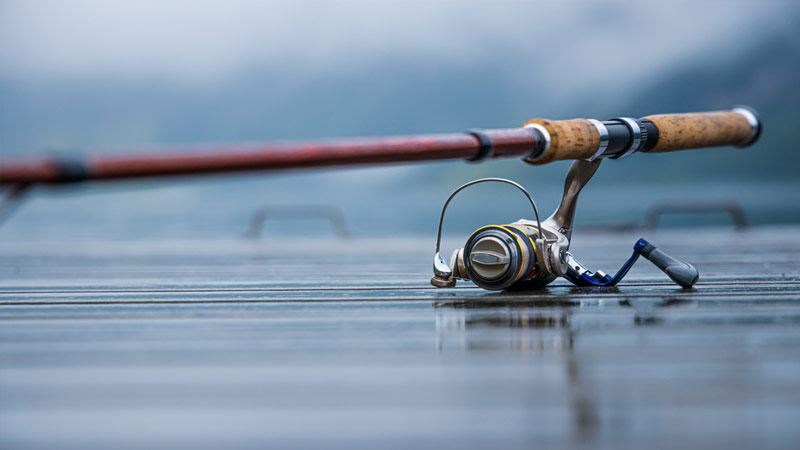
The materials and construction of fishing rods and poles significantly influence their performance, durability, and suitability for different fishing scenarios. Rods and poles may seem similar at first glance, but the difference lies in their composition and design, which directly impact their function.
Fishing Rods:
- Graphite: Known for its lightweight and high sensitivity, graphite rods are favored by experienced anglers. They’re stiff and excellent for detecting fish bites but require careful handling due to their brittleness.
- Fiberglass: Heavier than graphite, fiberglass rods are celebrated for their strength and durability. They’re less sensitive but can handle a good fight, making them ideal for big, strong fish.
- Composite: These rods blend the best of graphite and fiberglass, offering a balance of sensitivity, strength, and flexibility. They’re versatile and suitable for various fishing conditions.
Fishing Poles:
- Bamboo: Traditional fishing poles were often made from bamboo. They’re flexible and durable but require regular maintenance. Bamboo poles are ideal for a slow, relaxed fishing experience.
- Cane: Cane poles are similar to bamboo but are generally lighter and less expensive. They’re perfect for beginners and for ‘tight line’ fishing.
- Fiberglass and Carbon Fiber: Modern poles might be made from fiberglass or carbon fiber. These materials create lightweight, highly durable poles that require less maintenance than their natural counterparts. They’re excellent for a wide range of fishing situations.
Functional Differences: Casting and Retrieving
The differences between rods and poles become quite evident when it comes to the practical aspects of fishing, namely casting and retrieving. With their complex design, reels, and line guides, fishing rods are built for casting lures or bait over a significant distance and managing the retrieval with precision.
In contrast, the simplicity of fishing poles restricts the casting range but offers direct control over the bait or lure.
Fishing Rods:
- Casting: A fishing rod equipped with a reel and line guides allows the angler to cast the line a considerable distance. This feature is useful when fishing in large bodies of water or when the fish are far from the shore or boat.
- Retrieving: With a reel attached, rods provide a mechanical advantage during retrieval. The angler can reel in a hooked fish with less effort, making rods suitable for catching larger, stronger fish.
Fishing Poles:
- Casting: Given their simple design without reels or line guides, poles limit the casting range to the length of the line attached to the pole. This design is ideal for close-range fishing, such as dropping bait into tight spots underneath vegetation or structures.
- Retrieving: Retrieval with a pole is a hands-on experience. Since there’s no reel, the angler pulls the line indirectly, often hand-over-hand. This method can be exciting but may be challenging with larger fish.
Choosing the Right Tool: Rod or Pole?
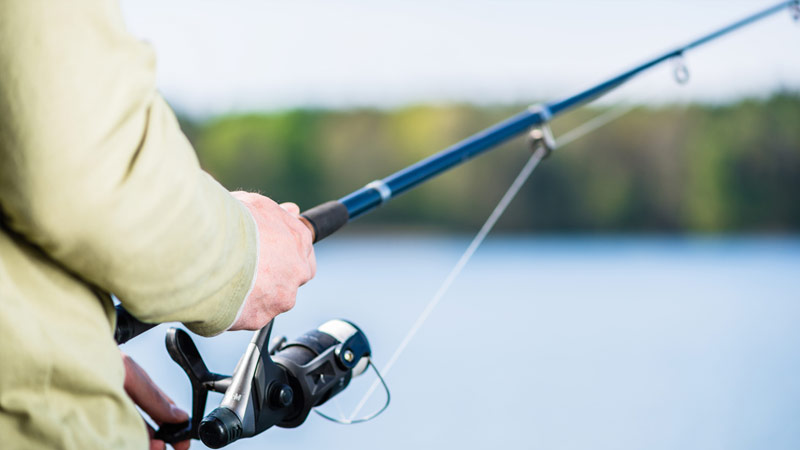
Choosing between a fishing rod and a fishing pole largely depends on the angler’s objectives, the fishing environment, and the fish species they aim to catch. If you’re fishing in a large body of water where the fish are generally located far from shore or targeting larger, stronger fish species, a fishing rod would typically be the preferred tool.
Its casting distance and the mechanical advantage offered by the reel can make a significant difference in these scenarios. In addition, rods, particularly those made from graphite or a composite material, provide the sensitivity needed to detect subtle bites, making them suitable for situations requiring a more delicate approach.
On the other hand, a fishing pole can be an excellent choice if you’re fishing in smaller bodies of water, like ponds or streams, or targeting fish that are closer to shore or hiding in covered areas. Its direct control can be advantageous in these situations, allowing you to place your bait accurately in tight spots.
Moreover, the simplicity of a pole can add an element of challenge and excitement to your fishing experience. If you’re just starting or teaching young ones to fish, the straightforward operation of a pole can make it an ideal learning tool. Choosing between a rod and a pole should align with your fishing conditions, skills, and personal preferences.
Caring for Your Fishing Gear: Maintenance Tips for Rods and Poles
Caring for your fishing gear is crucial for maintaining its longevity and performance. Regular maintenance can prevent damage and ensure your fishing trips are consistently successful. Here are some maintenance tips for both fishing rods and poles:
Fishing Rods:
- Clean Regularly: After each use, especially in saltwater, clean your rod with fresh water and mild detergent. Use a soft cloth to gently remove any dirt or salt.
- Inspect for Damage: Regularly check the rod for any signs of wear or damage. Pay special attention to the line guides, ensuring they’re not bent or have rough spots that could damage the line.
- Store Correctly: When not in use, store your rod vertically in a rod rack to prevent it from bending or warping. Avoid storing it in extreme temperatures.
Fishing Poles:
- Dry After Use: Unlike rods, poles often lack protective finishes. Always dry your pole thoroughly after use to prevent rot or mildew.
- Regular Inspection: Check the pole for any signs of cracking or splintering. If your pole is segmented, ensure the joints are secure.
- Proper Storage: Store poles horizontally or vertically from the tip to avoid warping. Keep them away from heat sources to prevent drying out or cracking.
Whether you’re using a rod or a pole, regular care and maintenance can greatly enhance your angling experience. Remember, the better you care for your gear, the better it will perform.

